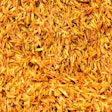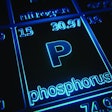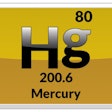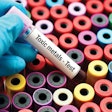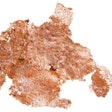Phosphorus is an absolutely critical dietary element. Metabolically, it is involved in the structural composition of bone, is a vital part of genetic messaging in phosphodiester linkages of DNA and RNA nucleotides, is involved with transport of energy through high-energy phosphate bonds (ATP), plays a role in systemic acid-base balance and is involved in fat and protein utilization via phospholipids and phosphoproteins.
Dietary phosphorus sources
Phosphorus is an absolutely critical dietary element. Metabolically, it is involved in the structural composition of bone, is a vital part of genetic messaging in phosphodiester linkages of DNA and RNA nucleotides, is involved with transport of energy through high-energy phosphate bonds (ATP), plays a role in systemic acid-base balance and is involved in fat and protein utilization via phospholipids and phosphoproteins.








